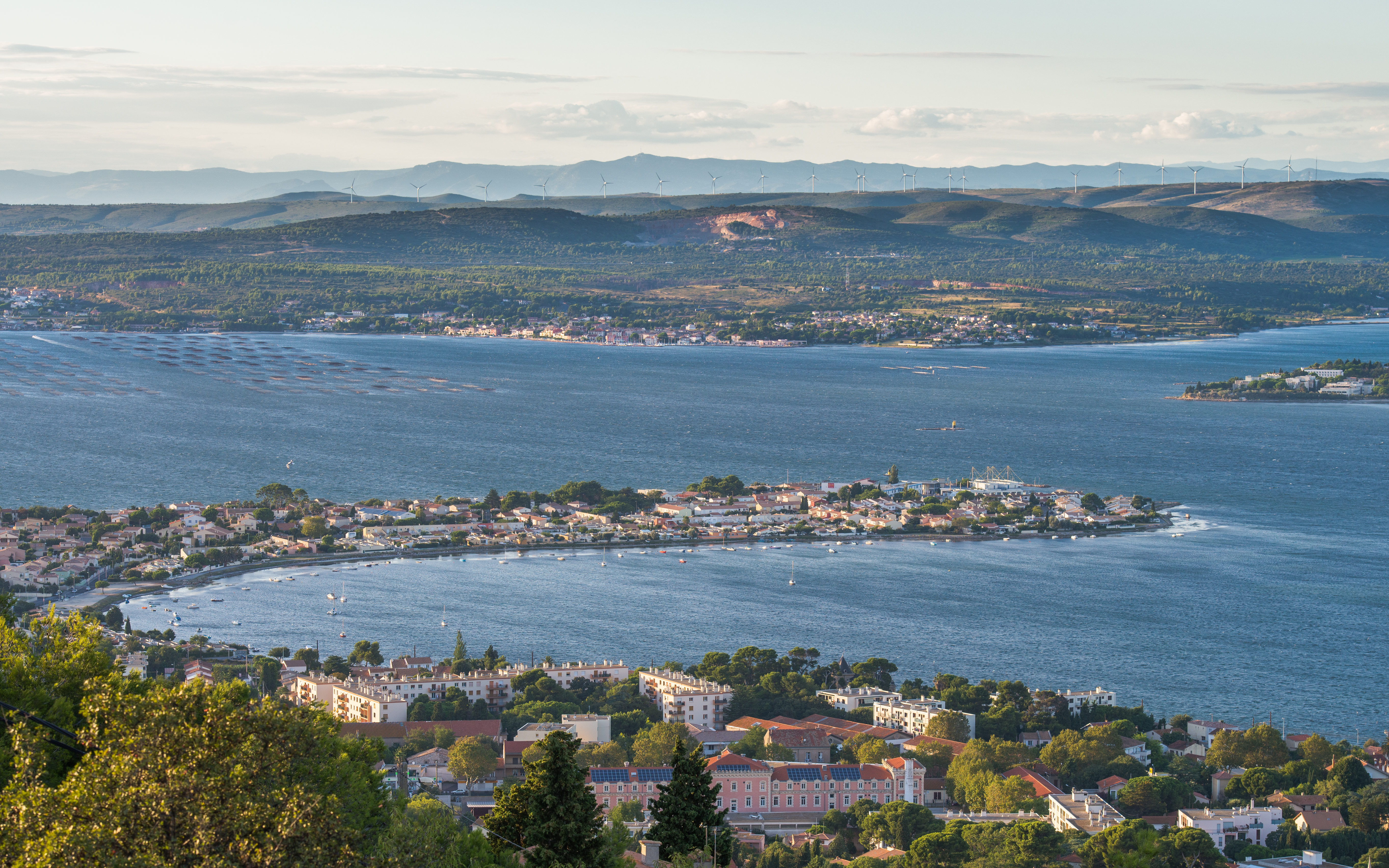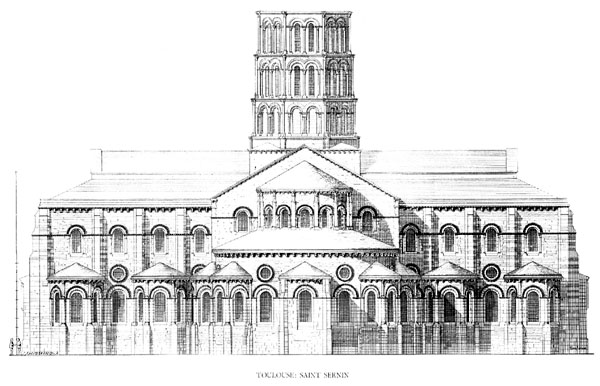|
Mèze
Mèze (; oc, Mesa; phn, Mansa) is a commune in the Hérault department in southern France. Its inhabitants are called ''Mézois''. Geography Situated on the étang de Thau, Mèze shares with Bouzigues its historic role as the oyster capital of the area. Almost a third of its inhabitants depend on the fishing industry for their livelihood. In recent years, tourism and transport have become increasingly central to the local economy. History An important port since Phoenician times, Mèze has always primarily been a fishing town. During the Roman Empire, the town lay on the main Southern route from Italy to Spain - the 'Via Domitia'. The Romans brought wine to the area and left a legacy of architecture including two of the town's churches. The production of shellfish, especially oysters, has been the mainstay of the Mèze economy for almost a century and the whole Bassin de Thau area has built an international reputation for the quality of its seafood. Administration P ... [...More Info...] [...Related Items...] OR: [Wikipedia] [Google] [Baidu] |
Mèze (Hérault), Église De Saint-Martin De Caux
Mèze (; oc, Mesa; phn, Mansa) is a commune in the Hérault department in southern France. Its inhabitants are called ''Mézois''. Geography Situated on the étang de Thau, Mèze shares with Bouzigues its historic role as the oyster capital of the area. Almost a third of its inhabitants depend on the fishing industry for their livelihood. In recent years, tourism and transport have become increasingly central to the local economy. History An important port since Phoenician times, Mèze has always primarily been a fishing town. During the Roman Empire, the town lay on the main Southern route from Italy to Spain - the 'Via Domitia'. The Romans brought wine to the area and left a legacy of architecture including two of the town's churches. The production of shellfish, especially oysters, has been the mainstay of the Mèze economy for almost a century and the whole Bassin de Thau area has built an international reputation for the quality of its seafood. Administration Popul ... [...More Info...] [...Related Items...] OR: [Wikipedia] [Google] [Baidu] |
étang De Thau
The Étang de Thau (; oc, Estanh de Taur) or Bassin de Thau is the largest of a string of lagoons (''étangs'') that stretch along the French coast from the Rhône river to the foothills of the Pyrenees and the border to Spain in the Languedoc-Roussillon. Although it has a high salinity, it is considered the second largest lake in France. Description It is about 21 km long and 8 km wide, with an area of . The mean depth of the lagoon is 4.5 m, but in the central navigation channel it can be 10 m deep. Near Bouzigues there is a 100-metre diameter depression of 30 metres. This 'Fosse de la Vise' is the source of a hot spring that feeds the spa in Balaruc. Its size and depth, which distinguish it from other lagoons of the region, is explained by the geomorphology of the region: it is the syncline formed from folding which produced the corresponding anticline of the Gardiole in the north east. Until relatively recently the lagoons from Marseillan to the Rh� ... [...More Info...] [...Related Items...] OR: [Wikipedia] [Google] [Baidu] |
André Miquel
André Miquel (26 September 1929 – 27 December 2022) was a French Arabist and historian, specialist of Arabic literature and Arabic language. Biography André Miquel was born in Mèze, Hérault on 26 September 1929. He studied literature. A student of the École normale supérieure which he joined in 1950, agrégé de grammaire and docteur ès lettres, from 1976 to 1997, he was holder of the Chair of classical Arabic language and literature at the Collège de France, of which he was general administrator from 1991 to 1997, after being that of the Bibliothèque nationale from 1984 to 1987. Miquel was known for his work on the geography of the Arab World and the ''One Thousand and One Nights''. His interest in the Arab world dates back to a trip to the Maghreb he won after winning the concours général of geography in 1946, and his discovery of the Quran in the translation by Claude-Étienne Savary. In 2005, in collaboration with , he realised a new translation of the ''On ... [...More Info...] [...Related Items...] OR: [Wikipedia] [Google] [Baidu] |
Communes Of The Hérault Department
The following is a list of the 342 communes of the Hérault department of France. The communes cooperate in the following intercommunalities (as of 2020):BANATIC Périmètre des EPCI à fiscalité propre. Accessed 3 July 2020. * Montpellier Méditerranée Métropole * Communauté d'agglomération Béziers Méditerranée * Communauté ... [...More Info...] [...Related Items...] OR: [Wikipedia] [Google] [Baidu] |
Bouzigues
Bouzigues (; ''Bosigas'' in Occitan) is a commune in the Hérault department in southern France. Population See also *Communes of the Hérault department The following is a list of the 342 communes of the Hérault department of France. The communes cooperate in the following intercommunalities (as of 2020):Étang de Thau References Communes of Hérault {{Hérault-geo-stub ...[...More Info...] [...Related Items...] OR: [Wikipedia] [Google] [Baidu] |
Sète Agglopôle Méditerranée
Sète Agglopôle Méditerranée (before September 2017: ''Communauté d'agglomération du Bassin de Thau'') is an intercommunal government structure, in the Hérault ''département'' of the Occitanie ''région'', in France. Its seat is in Frontignan.CA Sète Agglopôle Méditerranée (N° SIREN : 200066355) BANATIC, accessed 6 April 2022. Its area is 310.3 km2. Its population was 125,325 in 2018, of which 43,686 in and 22,731 in Frontignan. [...More Info...] [...Related Items...] OR: [Wikipedia] [Google] [Baidu] |
Via Domitia
The Via Domitia was the first Roman road built in Gaul, to link Italy and Hispania through Gallia Narbonensis, across what is now Southern France. The route that the Romans regularised and paved was ancient when they set out to survey it, and traces the mythic route travelled by Heracles. The construction of the road was commissioned by Gnaeus Domitius Ahenobarbus, whose name it bore, following the defeat of the Allobroges and Averni by himself and Quintus Fabius Maximus Allobrogicus in 122 BCE. Domitius also established a fortified garrison at Narbo (modern Narbonne) on the coast, near Hispania, to guard construction of the road. It soon developed into a full Roman colony ''Colonia Narbo Martius''. The lands on the western part of the route, beyond the River Rhône had been under the control of the Averni who, according to Strabo, had stretched their control to Narbo and the Pyrenees. Crossing the Alps by the easiest passage, the Col de Montgenèvre (1850 m), the Via D ... [...More Info...] [...Related Items...] OR: [Wikipedia] [Google] [Baidu] |
Christian Delagrange
Christians () are people who follow or adhere to Christianity, a monotheistic Abrahamic religion based on the life and teachings of Jesus Christ. The words ''Christ'' and ''Christian'' derive from the Koine Greek title ''Christós'' (Χριστός), a translation of the Biblical Hebrew term ''mashiach'' (מָשִׁיחַ) (usually rendered as ''messiah'' in English). While there are diverse interpretations of Christianity which sometimes conflict, they are united in believing that Jesus has a unique significance. The term ''Christian'' used as an adjective is descriptive of anything associated with Christianity or Christian churches, or in a proverbial sense "all that is noble, and good, and Christ-like." It does not have a meaning of 'of Christ' or 'related or pertaining to Christ'. According to a 2011 Pew Research Center survey, there were 2.2 billion Christians around the world in 2010, up from about 600 million in 1910. Today, about 37% of all Christians live in the Am ... [...More Info...] [...Related Items...] OR: [Wikipedia] [Google] [Baidu] |
Pierre Vassiliu
Pierre Vassiliu (23 October 1937 – 17 August 2014) was a French singer, songwriter and actor. His first record, "Armand", co-written with his brother Michel, appeared in 1962. It was an enormous success, selling 150,000 copies. This opened the doors of the Olympia in Paris to him, where he opened for the Beatles in 1964. He went on to a two-month stand with Françoise Hardy, Jacques Dutronc, and Johnny Hallyday. He had a string of hits, including "Charlotte", "Ivanhoe", and "La femme du sergent", censored because of the Algerian War. His 1973 song "Qui c'est celui-là?" was a cover of the 1972 song ''Partido Alto'' by Chico Buarque. It sold more than 300,000 copies and secured for him a place in the memories of the teenagers of the time. [...More Info...] [...Related Items...] OR: [Wikipedia] [Google] [Baidu] |
Arabist
An Arabist is someone, often but not always from outside the Arab world, who specialises in the study of the Arabic language and culture (usually including Arabic literature). Origins Arabists began in medieval Muslim Spain, which lay on the frontier between the Muslim world and Christendom. At various times, either a Christian or a Muslim kingdom might be the most hospitable toward scholars. Translation of Arabic texts into Latin (mostly of works on mathematics and astronomy) began as early as the 10th century, major works dates from the School of Toledo, which began during the reign of Alfonso VII of Castile, (1105–1157). Translations were made into medieval Latin or Church Latin, then Europe's '' lingua franca'', or into medieval Spanish, which was the vernacular language of that time and place. Early translations included works by Avicenna, Al-Ghazali, Avicebron, etc.; books on astronomy, astrology, and medicine; and the works of some of the Ancient Greek philoso ... [...More Info...] [...Related Items...] OR: [Wikipedia] [Google] [Baidu] |
Romanesque Architecture
Romanesque architecture is an architectural style of medieval Europe characterized by semi-circular arches. There is no consensus for the beginning date of the Romanesque style, with proposals ranging from the 6th to the 11th century, this later date being the most commonly held. In the 12th century it developed into the Gothic style, marked by pointed arches. Examples of Romanesque architecture can be found across the continent, making it the first pan-European architectural style since Imperial Roman architecture. The Romanesque style in England and Sicily is traditionally referred to as Norman architecture. Combining features of ancient Roman and Byzantine buildings and other local traditions, Romanesque architecture is known by its massive quality, thick walls, round arches, sturdy pillars, barrel vaults, large towers and decorative arcading. Each building has clearly defined forms, frequently of very regular, symmetrical plan; the overall appearance is one of simpli ... [...More Info...] [...Related Items...] OR: [Wikipedia] [Google] [Baidu] |




